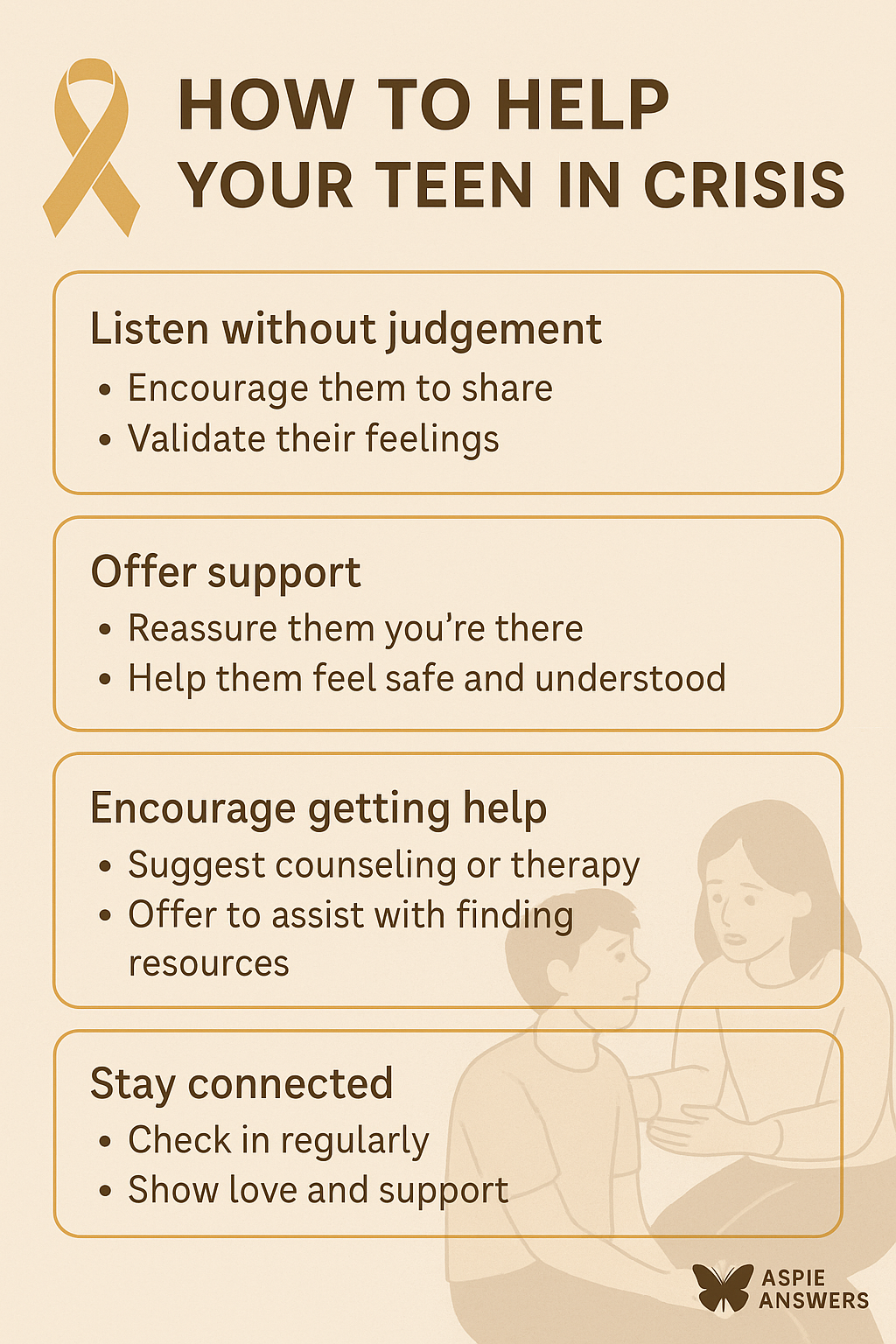
Youth Suicide Awareness Month Worldwide 2025
Awareness, understanding, and hope for young people everywhere.
Scroll to Explore ↓Welcome
This page is a calm, journal-style guide for young people, families, and educators. You’ll find gentle education on recognising warning signs, what to say and do, self-care and grounding tools, therapies, and helplines worldwide.
“Even the smallest light can guide someone out of the dark.”
What This Page Is For
- Learn the signs and start supportive conversations with care and consent.
- Use grounding tools (breath, 5-4-3-2-1, calm prompts) to steady the nervous system.
- Build a safety plan and save helplines for quick access.
- Explore therapies (CBT, counselling, art/music, peer support, mindfulness).
- Find global resources and youth-friendly support groups.
If anything feels heavy, it’s okay to pause. You deserve support at your pace.
This page discusses suicide prevention. If you feel overwhelmed or unsafe, please reach out to a trusted person or use a helpline below. This page is for education only and is not medical advice.
| Region | Helpline | Notes |
|---|---|---|
| New Zealand | Youthline 0800 376 633 · Text 234 | 24/7 · youthline.co.nz |
| Australia | Kids Helpline 1800 55 1800 · Lifeline 13 11 14 | 24/7 |
| United Kingdom | Samaritans 116 123 · PAPYRUS 0800 068 4141 | Call / text / webchat |
| USA / Canada | 988 Suicide & Crisis Lifeline | Call / text / chat |
| Global | findahelpline.com | Country-specific services |
Did You Know?

Talking about suicide doesn’t cause harm — it opens a door for help.
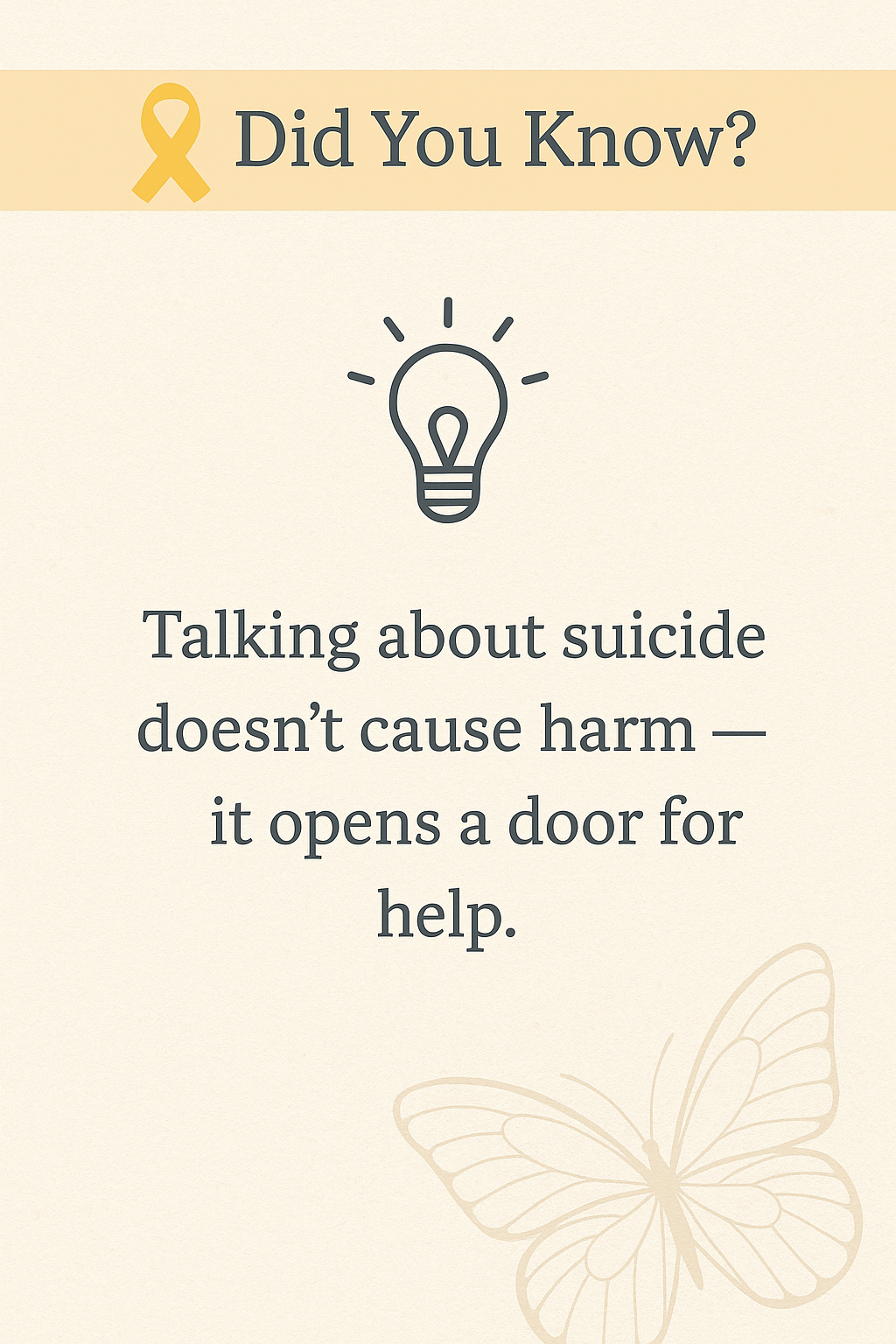
Connection is a strong protective factor against suicidal thoughts.
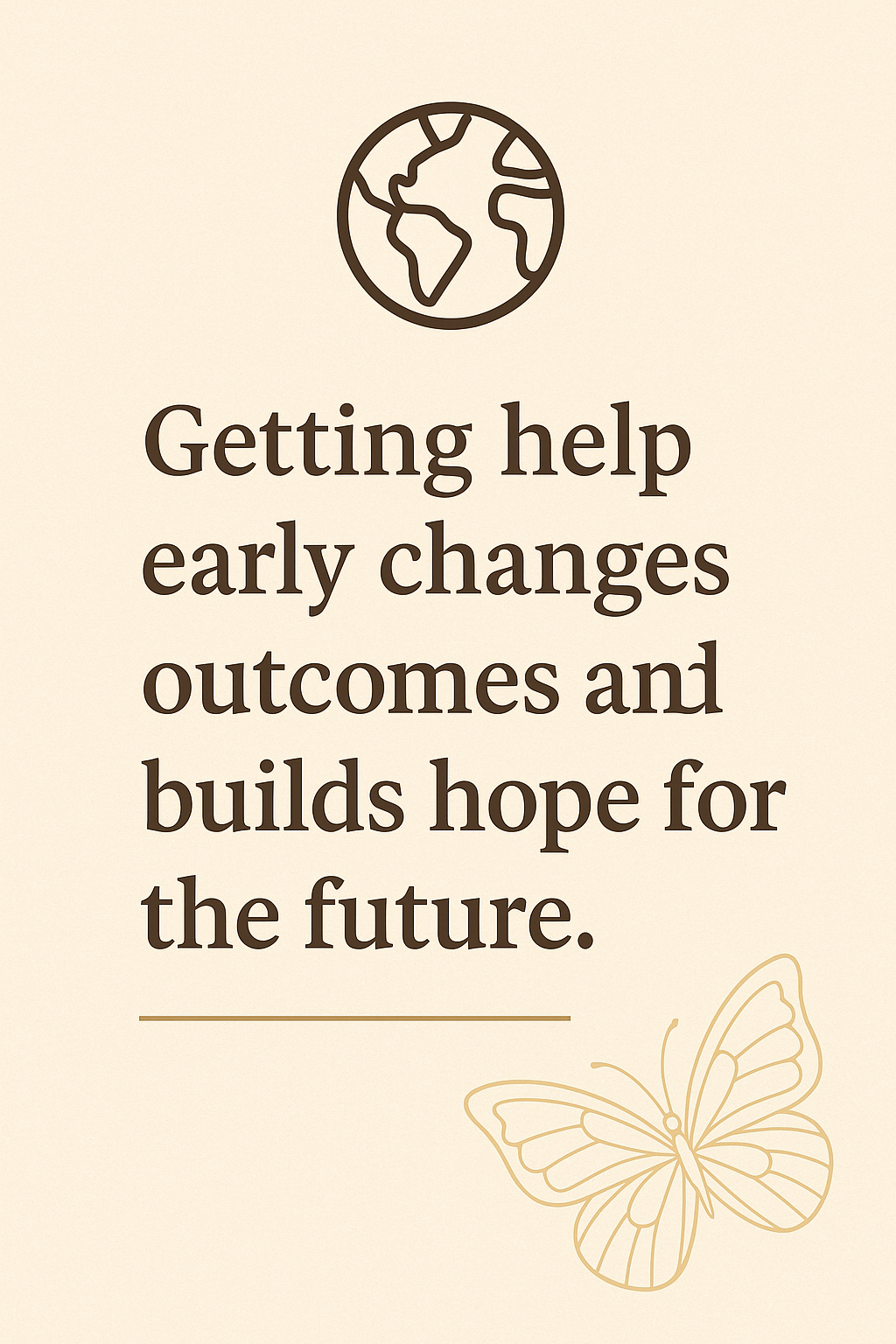
Early help changes outcomes and builds hope for the future.
What You Can Do to Help (This Month)
| Audience | Do / Say | Why it Matters |
|---|---|---|
| Everyone | Learn signs; save helplines; share posts with alt text. | Normalises help-seeking and safety planning. |
| Parents | “Help map”; offer choices (water/walk/quiet/music); weekly check-in. | Builds routine support and regulation. |
| Friends | Buddy up; check-in text; Listen–Thank–Ask–Connect. | Reduces isolation; increases safety. |
| Schools | Calm Corner; mini “Language Matters”; helplines on planners. | Creates safer, stigma-free environments. |
| Community | Yellow-ribbon day, posters, morning tea; youth Q&A. | Increases visibility and access. |
| Creators | Hopeful posts; include helplines; avoid method details. | Promotes responsible, supportive content. |
Language Matters
| Instead of | Try Saying | Why it Helps |
|---|---|---|
| “Committed suicide” | “Died by suicide” / “suicide attempt” | Reduces stigma and blame. |
| “Why would you feel that way?” | “That sounds heavy — thank you for telling me.” | Meets the person with empathy. |
| “You should…” | “Would it help if…” | Maintains choice and collaboration. |
Calm Corner — Reflection
“Pause and breathe — your story still matters.”
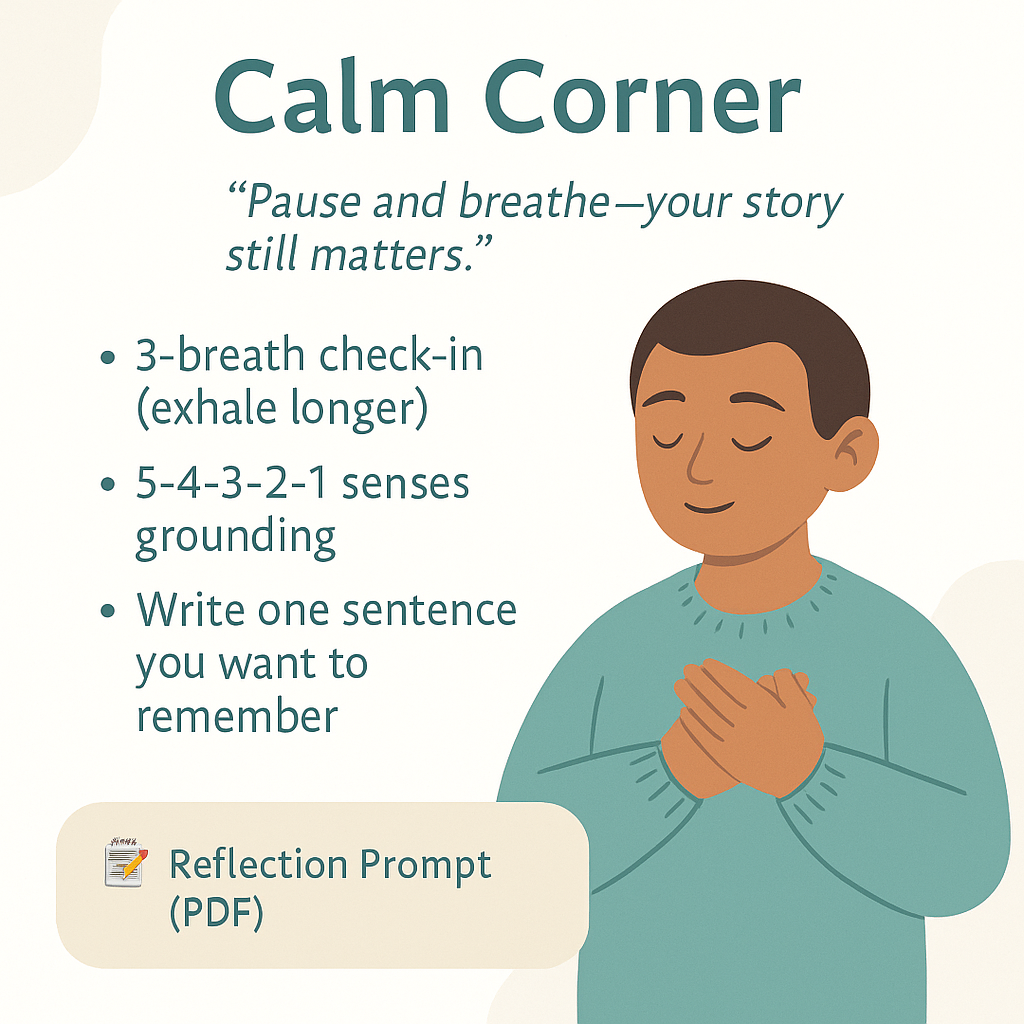
Self-Care

What it is: small daily actions that nurture your body and mind. Why it matters: prevents burnout, restores energy. Prompt: “What are three ways I can care for myself today?”
Self-Worth

What it is: believing you have value beyond achievements. Why it matters: protects confidence and resilience. Prompt: “What’s one quality I appreciate about myself?”
Self-Love

What it is: showing yourself kindness and patience. Why it matters: builds acceptance and healthy boundaries. Prompt: “How can I show myself kindness this week?”
Grounding & Meditation
What it is: techniques that anchor you in the present. Why it matters: calms racing thoughts; supports regulation. Try: the 5-4-3-2-1 senses method or a 60-second breath scan.
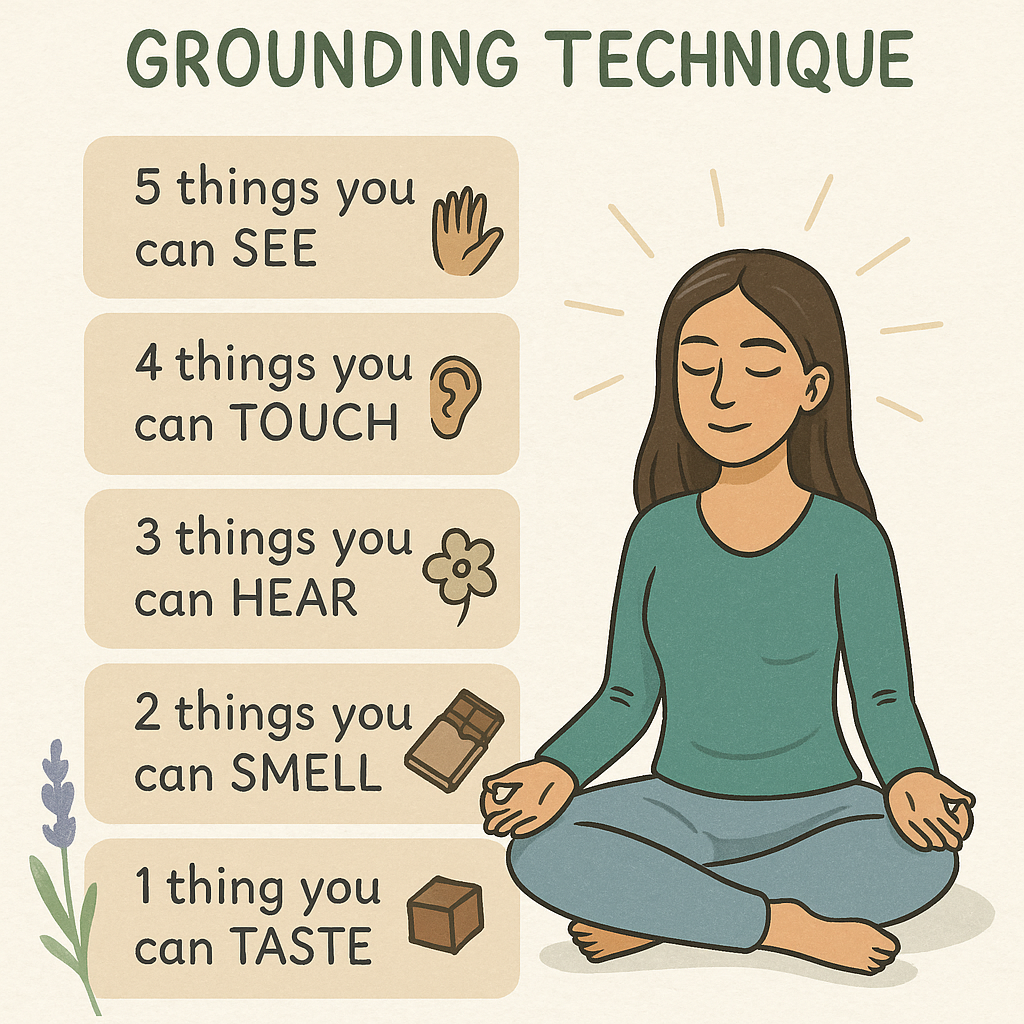
Therapies & Treatments
| Type | What it is | Why it’s important |
|---|---|---|
| CBT | Structured therapy to notice and reframe unhelpful thoughts. | Builds practical coping tools and healthier self-talk. |
| Art / Music Therapy | Creative expression when words are hard. | Supports regulation and mindfulness through making. |
| Counselling | Confidential one-to-one space to talk and be heard. | Builds trust, insight, and strategies over time. |
| Peer & Group Support | Learn with others who “get it”. | Reduces isolation; strengthens belonging. |
| Mindfulness / Meditation | Focus on breath, body, and awareness. | Calms the nervous system; improves sleep and focus. |



Helpful Apps for Teens
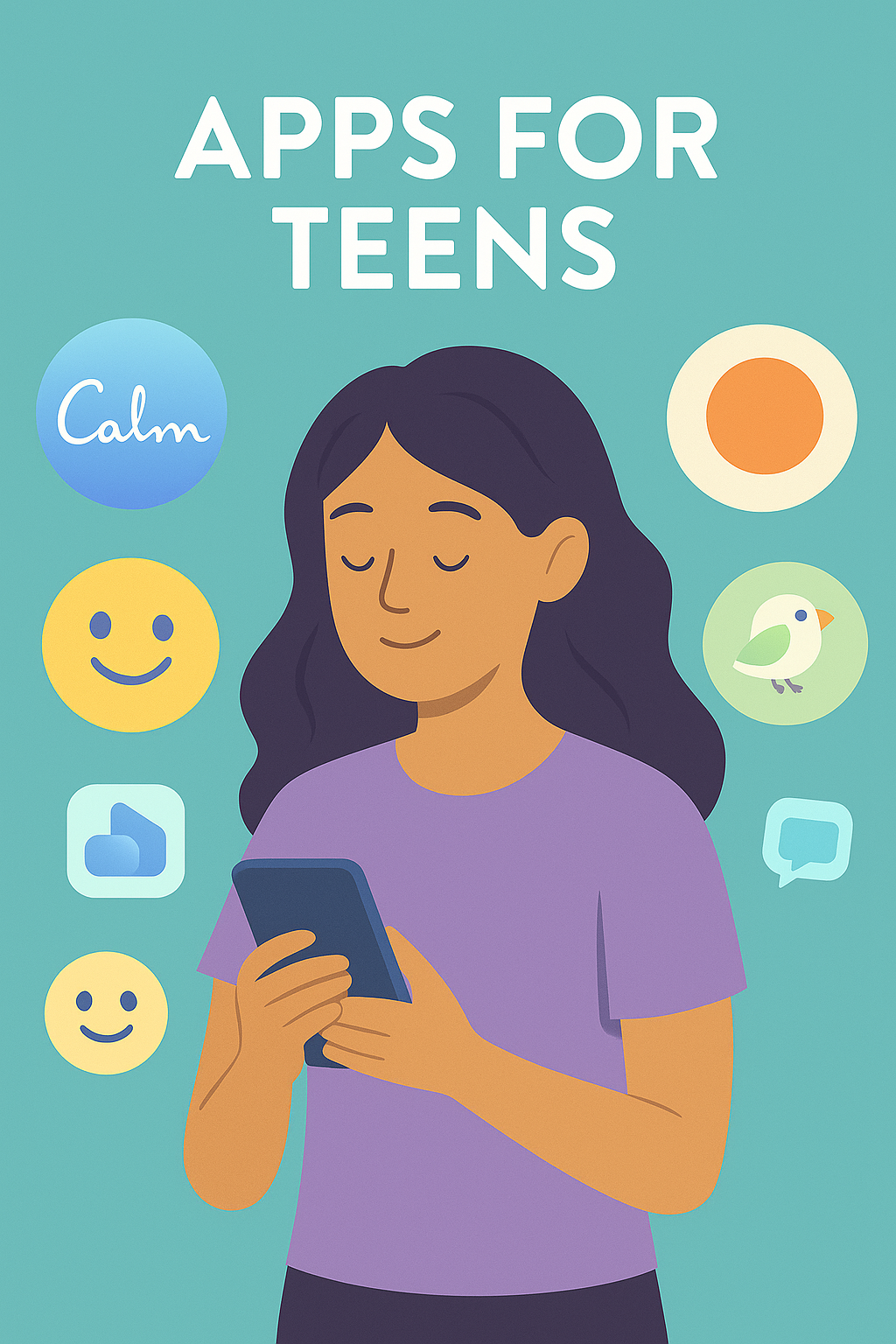
| App | What it’s for | Platforms |
|---|---|---|
| Calm | Mindfulness, sleep, breathing | iOS / Android |
| Headspace | Guided meditation | iOS / Android |
| Finch | Mood companion, gentle goals | iOS / Android |
| Moodpath | Mood tracking & journaling | iOS / Android |
| Notion / Keep | Organisation & reflection | iOS / Android / Web |
Apps can support wellbeing — but they’re not a replacement for real support. If an app makes you feel pressured or “behind,” it’s okay to stop using it.
- Take breaks — you don’t have to track everything.
- Turn off notifications if they feel stressful.
- If journaling feels too big, try 1 sentence a day.
- Your pace is your own — not a race.
Sometimes screens are too much. Here are gentle options you can do right now:
- Hold a warm drink and breathe slowly for 30 seconds
- Wrap yourself in a blanket like a cocoon
- Step outside and notice the sky and ground under your feet
- Draw or doodle shapes to music
- Name 3 things you can hear
- Carry a smooth stone or soft object in your pocket
- Write one sentence: “I made it to this moment.”
“You don’t have to be productive to deserve rest.”
Support Groups & Youth Resources (Worldwide)
- NZ / AU: Youthline, Headspace, ReachOut
- UK: YoungMinds, The Mix, PAPYRUS
- USA / CAN: NAMI Teens, Teen Line
- Global: UNICEF, WHO Youth Mental Health
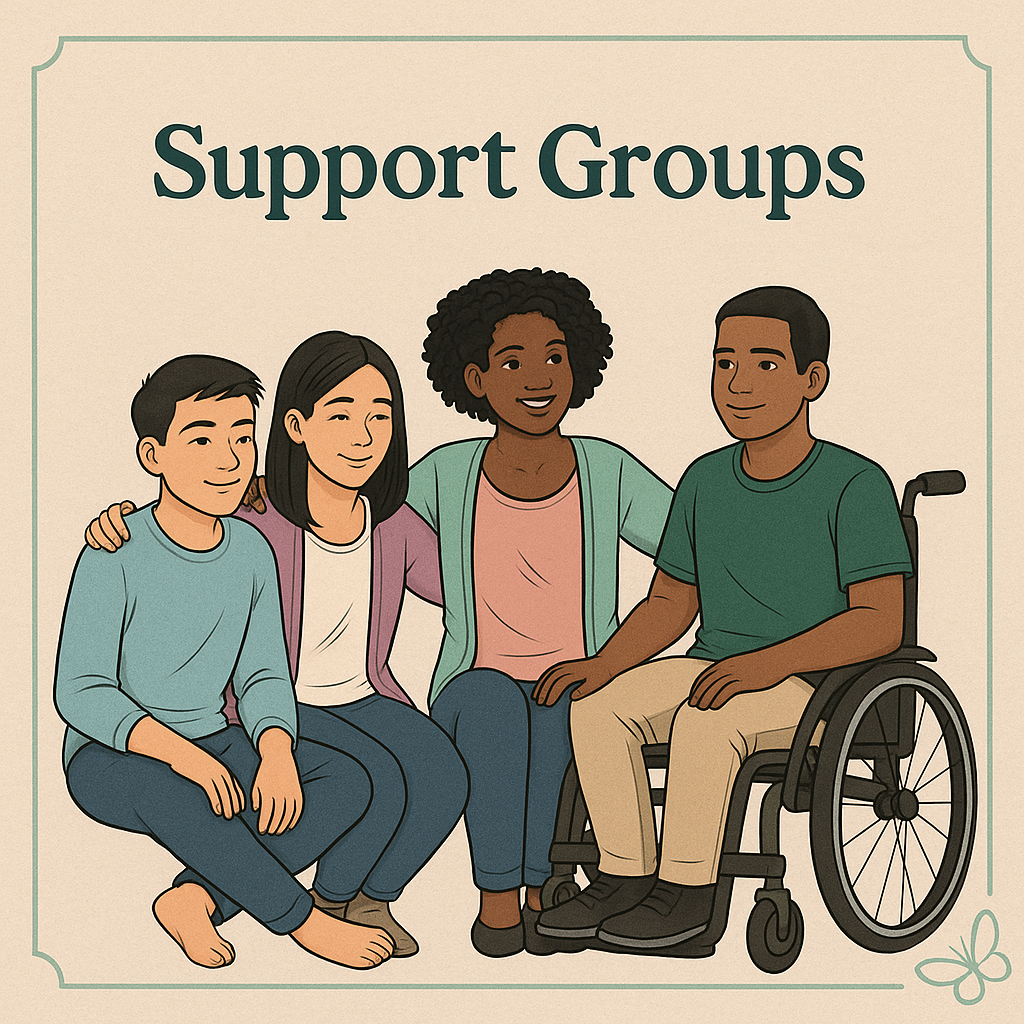
Emergency Helplines — Quick Access
- New Zealand: Youthline 0800 376 633 · Free text 234
- Australia: Kids Helpline 1800 55 1800 · Lifeline 13 11 14
- United Kingdom: Samaritans 116 123 · PAPYRUS 0800 068 4141
- USA / Canada: 988 Suicide & Crisis Lifeline (call/text/chat)
- Global Directory: findahelpline.com
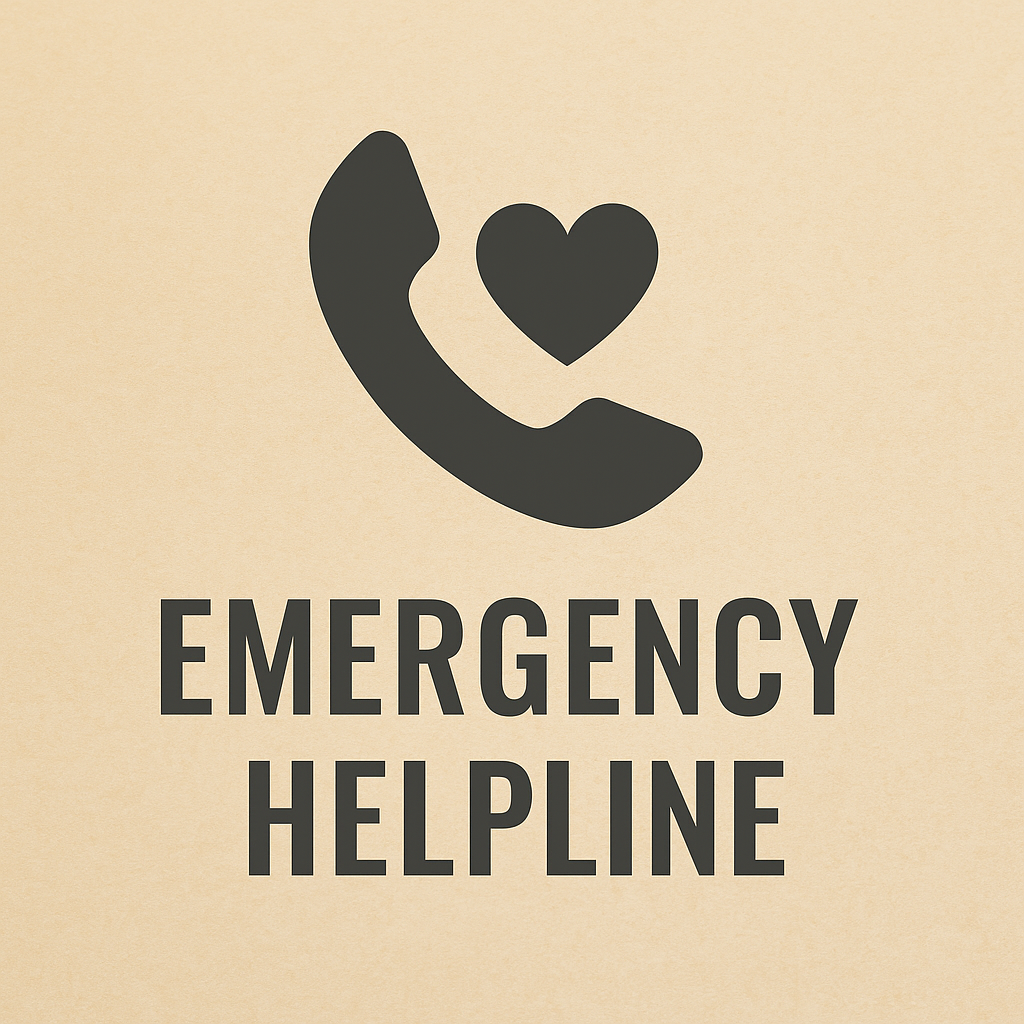
Calendar of Events & Themes (2020–2028)
Building awareness and open dialogue among youth globally.
Encouraging help-seeking and peer support.
Focusing on educators, parents, and schools as partners.
Strengthening belonging, compassion, and community.
Highlighting environments that promote calm and understanding.
Celebrating recovery, resilience, and global collaboration.
Connection across cultures and generations — no one walks alone.
Youth advocacy and leadership in solutions.
Mentorship, healing community, and nurturing hope.
Each year builds on connection, communication, and compassion — breaking isolation, amplifying youth voices, and normalising asking for help.
“Your story isn’t over yet — the world needs your light.”
Thank You for Being Here
Your presence, willingness to learn, and compassion matter.
“Awareness begins when conversation grows.” — Kerrin Maclean
© 2025 Kerrin Maclean · Aspie Answers · www.aspieanswers.com


